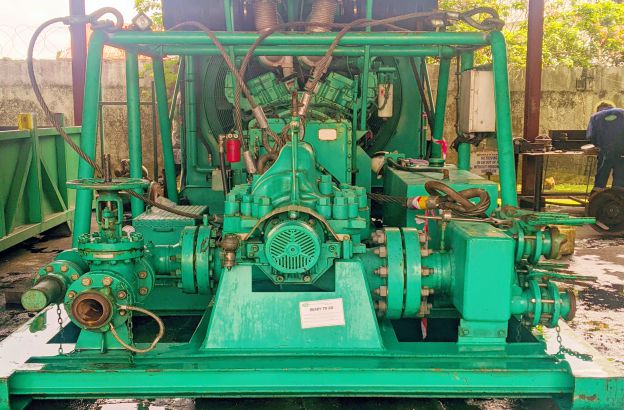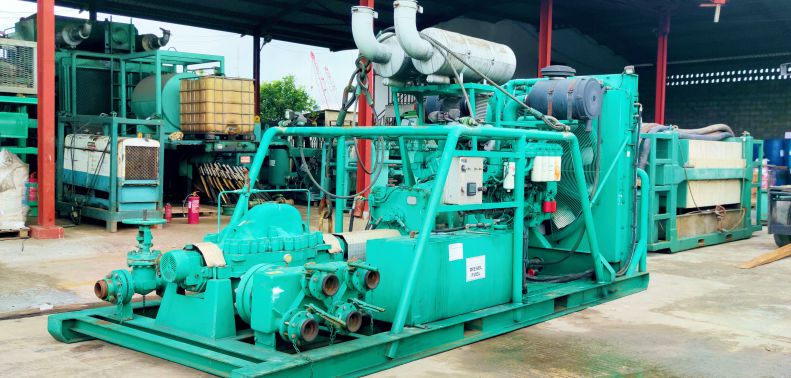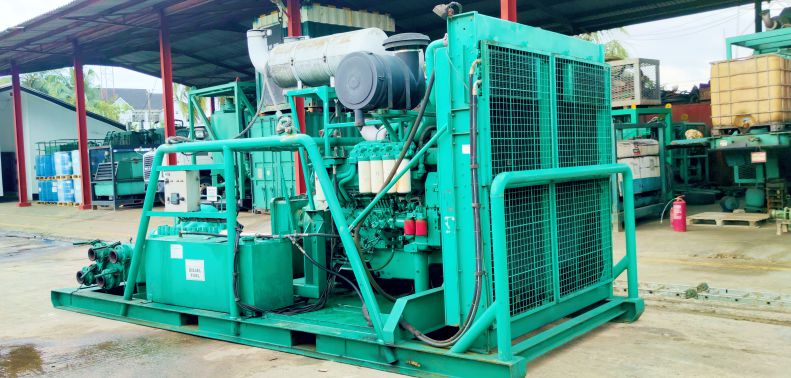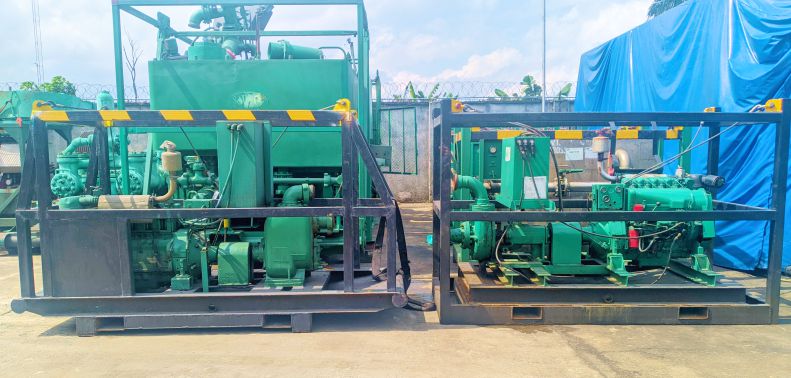Operational Pigging
SOWSCO can offer to perform all of the routine production pigging runs to ensure that every pipeline is maintained free of wax, scale and debris build-ups throughout their life.
By calling on our years of experience, our personnel can evaluate all previous run data and then advice and ensure that the most effective and best possible pig types are utilized for each and every run.
By analyzing all pig run pressure, velocity and debris data a revised pigging schedule can be maintained and updated to provide the most cost-effective program, while ensuring that all potential problem areas are addressed
Chemical Cleaning
During system construction, chemical cleaning is used to remove mill scale from all compressors and pump suction lines. Stainless steel pipe-work also requires ‘etching’ to remove all traces of carbon steel and prevent subsequent corrosion.
During production operations and shutdowns, cleaning is required to remove the build-up of scale and wax, etc from within the process pipe-work and heat exchangers.


Retro-jetting and Flushing
This service is normally used to remove loose construction debris from pipe-work prior to hydro-testing, but can also be used during shutdown operations to remove any loose production blockages such as sand or scale.
Air / Nitrogen Drying
This drying technique can be used for single pipelines which do not have excessive elevation changes and for simple process systems.
Drying is achieved by blowing dry air or dry nitrogen through the line from one end to the other at atmospheric pressures, sometimes in conjunction with soft foam swab pigs.
The moisture is removed by it evaporating and being carried out of the line in the air flow. Dry air flow continues until the acceptable dew-point has been achieved, at which time a soak test and further certification purge is performed to verify the line dryness.
Pipeline Dewatering / Displacement
Used to remove the current pipeline contents completely (water, oil, condensate, etc) and replace them with a new volume as required, (air, nitrogen, gas, new product).
This service is required during the construction of new pipelines and also during the pipeline life when repairs and modifications are required or the when the client wishes to use that pipeline to transport a different product.
This operation is normally performed as a single pig train run from one end of the pipeline to the other at a controlled velocity with the new desired pipeline contents.
It is normally advisable to include some brush pigs and a slug of gel within this pig train to assist in the sealing of the pigs and also to provide some additional pipeline cleaning at the same time and thus prevent contamination of the new pipeline product.
Pipeline Cleaning and Gauging
Required at both the construction stage and also after many years of production once pipelines have become blocked with debris, all pipelines will operate more efficiently with no loose debris or internal restrictions caused by sand, scale, wax or dents.
Cleaning is best performed using a combination of aggressive brush pigs and gelled water or chemicals depending on the type of debris.
The gel is used as a carrier in order to trap the debris once the brushes have removed it from the pipe wall and then to keep it suspended until it is received at the far end of the pipeline.
A 95% gauge plate is mounted on the rear of the final pig in the cleaning train in order to verify the internal geometry of the pipeline.




